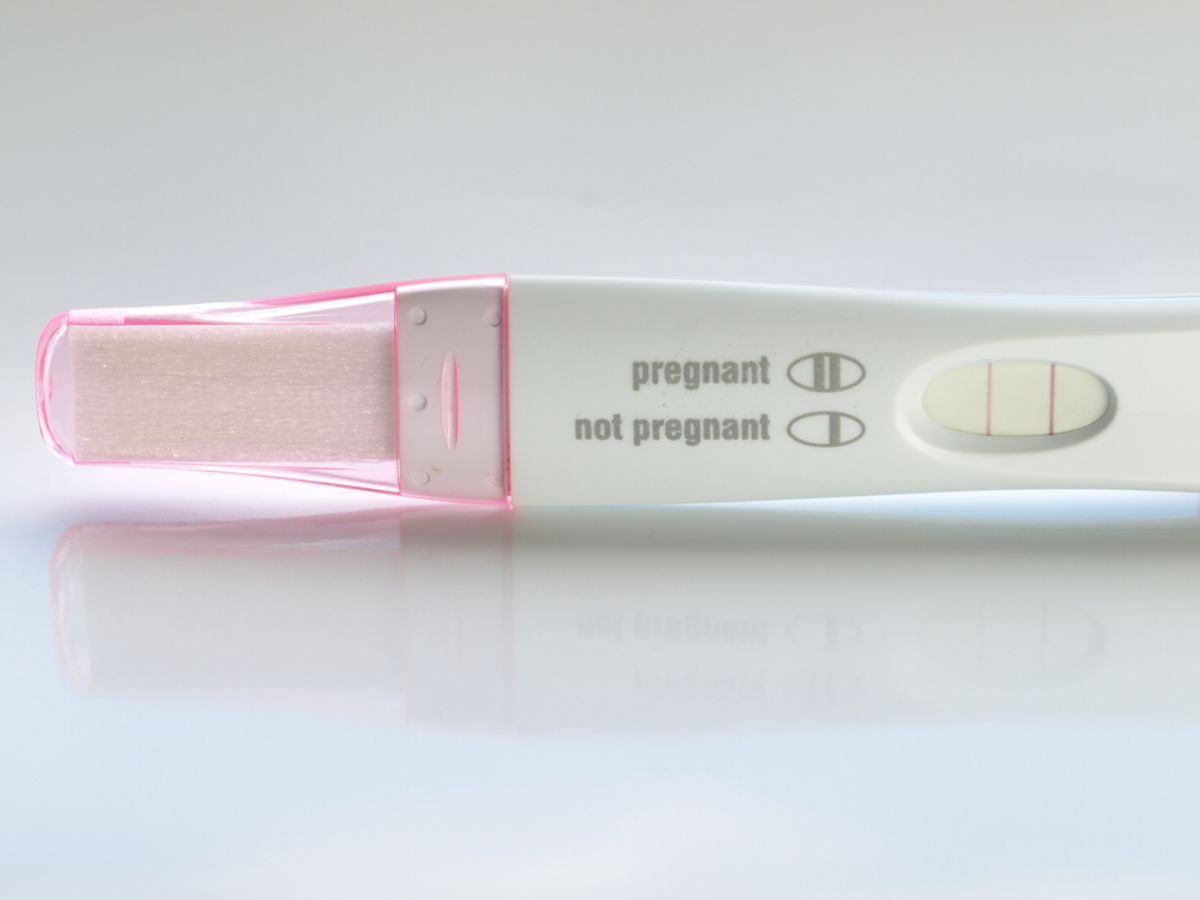The Brookings Institute released a devastating report this week that highlights the disparity in rich and poor women's ability to control their own fertility. The findings show that low-income women have five times more unplanned births than their low-income counterparts, with the highest rates of unintended pregnancy and lowest rates of abortion. There could be a few explanations for the massive gap, but one seems to stand out pretty distinctly: cost is a massive barrier to achieving reproductive justice.
According to the report, there isn't a "sex gap" that would explain the disparity in birth rates, but there is a huge difference in the rates of contraceptive use by class:
Premarital sex has been the social norm for decades, and sexual activity rates among unmarried Americans do not vary along class lines. There is no 'sex gap' by income. By contrast, lower-income individuals typically use contraception less frequently, and less successfully, than those with higher incomes. This is why so much attention has correctly been paid to the role that contraception -- or the lack of contraception -- plays in unintended childbearing ... The 'contraception gap' is a big part of the story. But it is not the whole story: less affluent women are also less likely to get an abortion when faced with an unintended pregnancy.
Perhaps that's because of the ever-increasing number of state-level abortion restrictions that severely diminish access to abortion care, and substantially drive up the cost of the procedure. Admitting privileges laws and unnecessary clinic operating regulations have forced clinic closures in some of the poorest areas of Texas, for example, and 20-week abortion bans, which have appeared in nearly a dozen states and proposed on a federal level, can remove the option for women who cannot afford the procedure earlier on. (Granted, there are still problems with waiting periods that increase the amount of time a woman is required to put aside for an abortion and with having abortions later, as the procedure becomes more costly later in a pregnancy.)
The Brookings researchers attempt to asses other possible explanations for the disparity, including the likelihood that low-income women are simply less concerned with carrying to term an unplanned pregnancy. Turns out, it seems as if they're on the same page as more affluent women about wanting to control their reproductive outcomes: across income groups, approximately a third of women who were trying not to get pregnant said they would be "upset" if they became pregnant. What they might be able to do about that unintended pregnancy, though, is different.

Shares